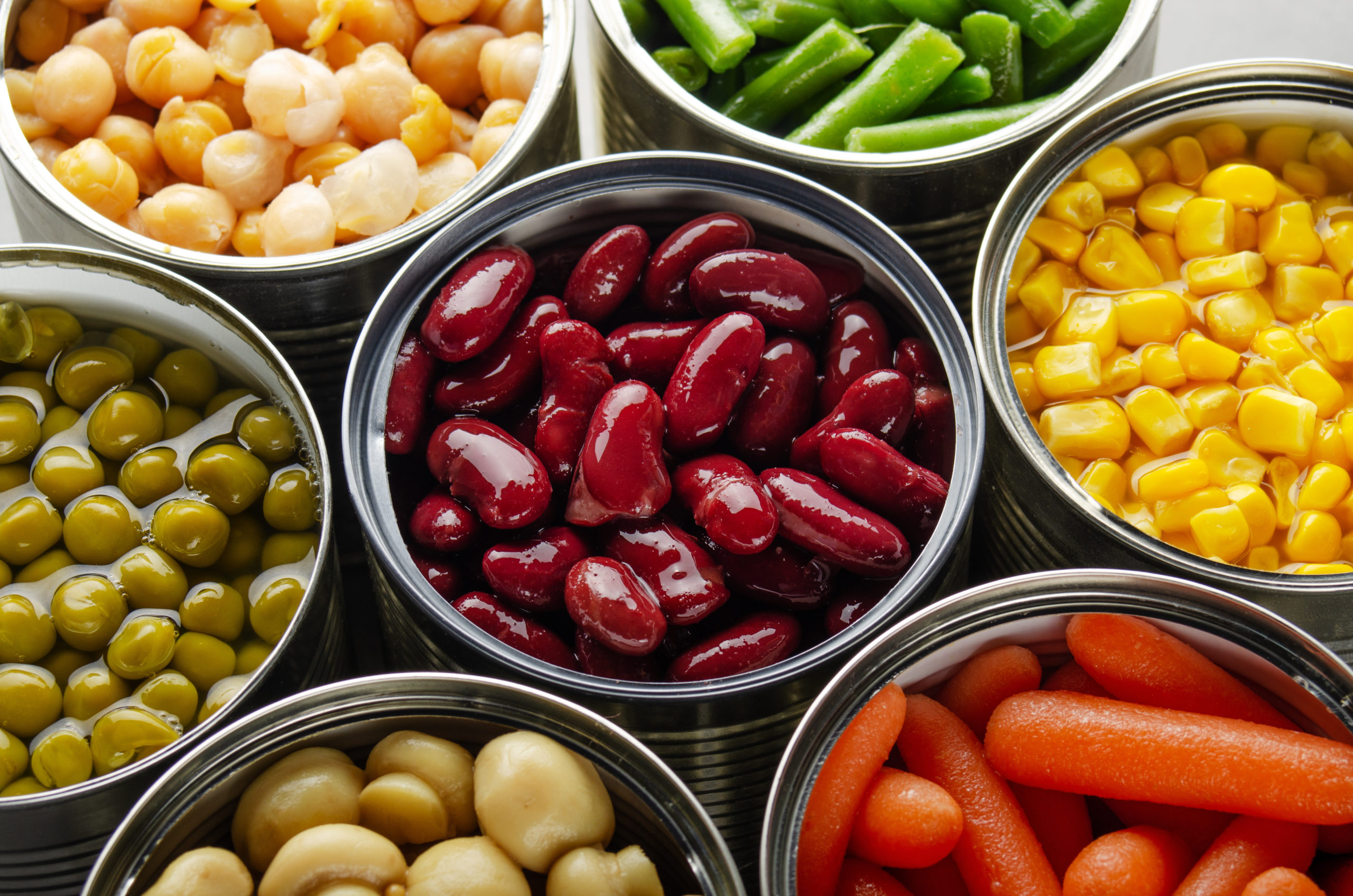Despite the various definitions of processed foods, public health officials seem to demonize the term. Statements like, “Processed foods are a primary contributor to the increasing prevalence of chronic diseases,” and “Avoid processed foods,” seem to be widespread. However, almost all foods undergo some degree of processing before making it to our kitchen. Therefore, it is important to understand the definition of processed foods, levels of processing and most importantly, how to choose foods that will ultimately support our health and longevity.
Definition
The U.S. Department of Agriculture defines a Processed Food as:
Any food other than a raw agricultural commodity, including any raw agricultural commodity that has been subject to washing, cleaning, milling, cutting, chopping, heating, pasteurizing, blanching, cooking, canning, freezing, curing, dehydrating, mixing, packaging, or other procedures that alter the food from its natural state. Processing also may include the addition of other ingredients to the food, such as preservatives, flavors, nutrients, and other food additives or substances approved for use in food products, such as salt, sugars and fats. Processing of foods, including the addition of ingredients, may reduce, increase, or leave unaffected the nutritional characteristics of raw agricultural commodities.
Levels of Processing
According to the NOVA system to classify processed foods, there are four levels of processing:
Level 1: Unprocessed or Minimally Processed Foods
Foods that are in their natural state or have undergone slight alteration without changing the nutritional content of the food.
Process: Cleaning, refrigeration, pasteurization, freezing, vacuum-packaging
For Example: Fresh fruits and vegetables, whole grains, nuts, meats and milk
Level 2: Processed Culinary Ingredients
Food ingredients derived from a minimally processed food
Process: Pressing, refining, grinding, milling
For Example: Oils from plants, seeds and nuts, or flour and pastas formed from whole grains
Level 3: Processed Foods
Foods that are usually made from 2-3 ingredients and can be readily eaten without further preparation.
Process: Addition of salt, sugar or fat
For Example: Canned fruits and vegetables, cheeses, freshly made bread, canned fish
Level 4: Ultra-processed Foods
Foods that have been altered in order to extend shelf life, preserve texture, and increase palatability. Some believe that producers design these foods to increase cravings to promote overeating. Most are low in fiber and nutrients.
Process: Addition of artificial colors and flavors and preservatives in addition to the salt, sugar or fat.
For Example: Sugary drinks, breakfast cereals, luncheon meats, cookies, chips
How to Make the Best Choices:
- Firstly, shop the perimeter of the grocery store, as this is where you will likely find the least processed foods
- Most ultra-processed, packaged foods are found in the inner aisles
- Aim to fill your shopping cart with whole foods, or foods in their original state
- Example: Apples versus Apple Juice
- When choosing packaged foods, look for the shortest ingredients list (in other words, avoid those with ingredients you can’t pronounce!)
- For example, JIF Peanut Butter Ingredients: Made From Roasted Peanuts And Sugar, Contains 2% Or Less Of: Molasses, Fully Hydrogenated Vegetable Oils (Rapeseed And Soybean), Mono And Diglycerides, Salt
vs.
-
- Skippy Natural Peanut Butter Ingredients: Peanuts, Contains 1% Or Less Of Salt.
- In addition, keep an eye out for added sugar, sodium and saturated or trans fats (as well as artificial colors or chemical additives)
- Other names for added sugars: corn syrup, high-fructose corn syrup, honey, agave nectar, cane sugar, evaporated cane juice, coconut sugar, dextrose, malt syrup, molasses, or turbinado sugar
- Lastly, avoid getting nutrients confused with additives. Fortified foods have vitamins and minerals that are added back after processing.
- For example: B vitamins (riboflavin, niacin, niacinamide, folate or folic acid), beta carotene, iron (ferrous sulfate), and vitamin C (ascorbic acid)
Bottom Line:
Above all, prioritize foods from Levels 1 and 2, and if you’re buying packaged foods, stick to ones with the least amount of ingredients on the ingredients list.
